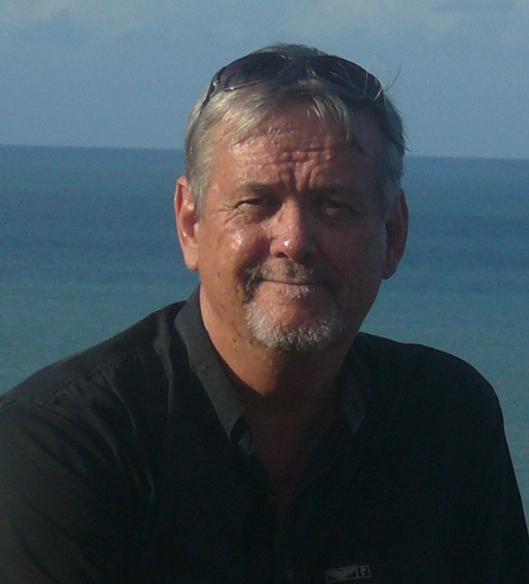In the book ‘Good to Great’, Jim Collins points out that a great organisation insists on the need for constant reinvention. If the organisation (be it Church or Mission) is going to survive in a turbulent and changing world it must continue to reinvent and contextualise itself to the world in which it is ministering. Reinvention, however, is easier to talk about than to accomplish. For one thing, it is subject to the confines of the Sigmoid Curves.
The first of these curves describes the normal life cycle of almost anything, anybody, or any organism: a period of learning and pro-active investment, in which inputs exceed outputs, followed by steady growth that inevitably one day peaks and turns into decline and death. The only variable is the length of the curve, the time it takes to reach the various points on the curve.
The only way to prolong the life of the body in question is to start a second curve. But to allow time and resources for the initial period of learning and investment, that second curve has to start before the first one peaks. You then encounter the paradox of success – when things are going well, there seems to be no reason to change. “We know how to do it now,” so “don’t rock the boat or change the formula.” That very reluctance to change ultimately turns success into decline and eventually death. “Why can’t we stick with the status quo?” one leader asked me. Sadly, he learned the answer by hard experience as his ministry continued to decline.
Long-lasting organisations have to find ways to start second curves before the first curves peak. That’s hard to do. It is easier to do that when the need for change is obvious, when the curve is heading downhill. But that is just when morale is low, resources are depleted, and leaders are disillusioned – the worst conditions for any radical thinking. There are earlier, often unnoticed, signs that perceptive leaders can use as triggers for starting a second curve. Complaints, if viewed objectively and not defensively, can point to areas where change is needed. Young people or new people can often see possibilities to which familiarity has blinded those in positions of power.
This prescription, however, requires leaders to blend continuity, the first curve, with invention, the second curve. That, in turn, means finding ways for two very different cultures to live together and to value each other, because each needs the other if either is to survive. The second curve needs the resources of the first to support its experiments, and the first curve needs the second if it is to have any future at all. Sadly, this common interest is not always perceived by either party. “Those Young people are all energy but no experience,” says one party, while the Young people, mutter about the entrenched attitudes of the Old Guard. Both are right and both are needed.
This concept is based on the work of Charles Handy who is widely recognised as Europe’s best-known and most influential leadership/management thinker.

Colin is the Director of ResourceZone International. He has 30 years of ministry experience as a pastor, college lecturer and consultant/coach to consultants, denominational leaders and local church pastors. He can be reached at info@resourcezoneinternational.com





Comment here